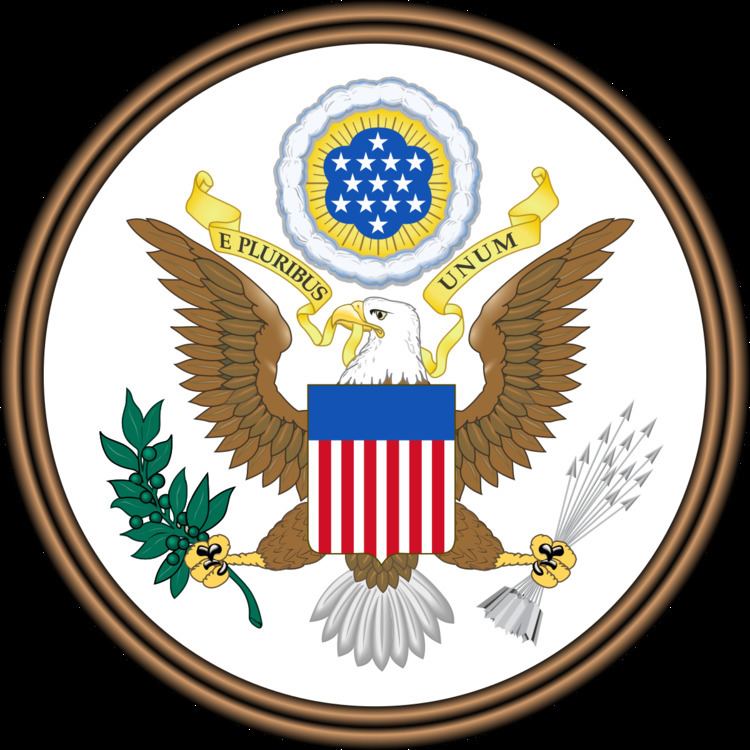Public law 109-417 | ||
 | ||
Long title An act to amend the Public Health Service Act with respect to Public Health Security and all-hazards preparedness and response, and for other purposes. Enacted by | ||
On December 19, 2006, the Pandemic and All-Hazards Preparedness Act (PAHPA), Public Law No. 109-417, was signed into law by President George W. Bush. PAHPA has broad implications for the United States Department of Health and Human Services's (HHS) preparedness and response activities. Among other things, the act amended the Public Health Service Act to establish within the department a new Assistant Secretary for Preparedness and Response (ASPR); provided new authorities for a number of programs, including the advanced development and acquisitions of medical countermeasures; and called for the establishment of a quadrennial National Health Security Strategy.
The purpose of the Pandemic and All-Hazards Preparedness Act is “to improve the Nation’s public health and medical preparedness and response capabilities for emergencies, whether deliberate, accidental, or natural.”
